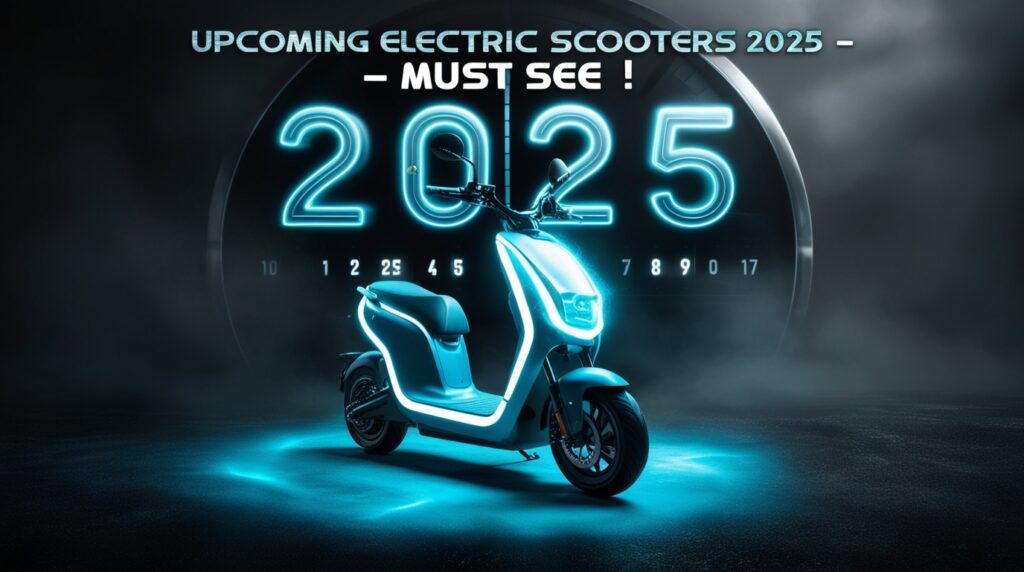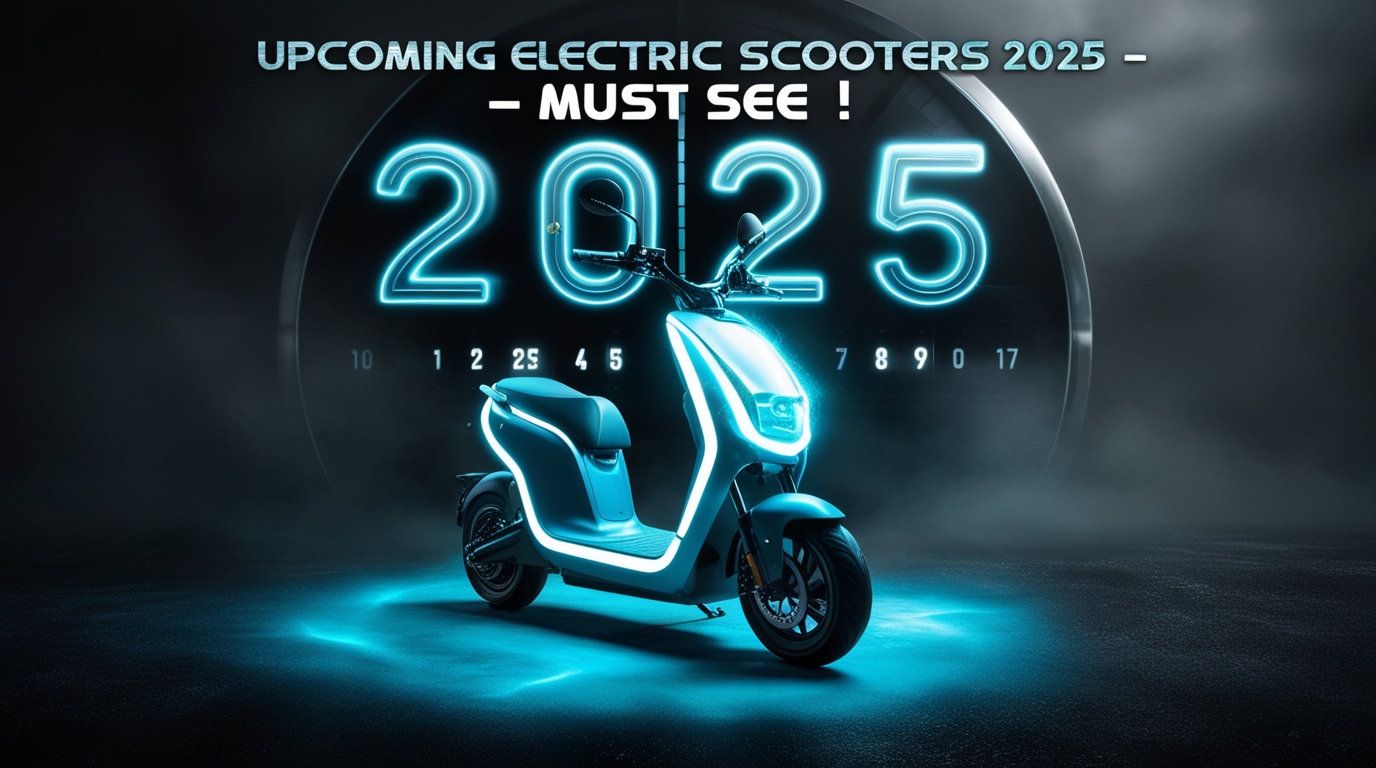India’s electric vehicle (EV) revolution is accelerating, and electric scooters are at the forefront of this green transition. With rising fuel prices, government incentives, and growing environmental awareness, 2025 is poised to be a landmark year for electric mobility. For Indian commuters, the next generation of electric scooters promises cutting-edge technology, affordability, and practicality. Let’s explore what to expect from upcoming electric scooters in 2025 and how they’ll reshape urban travel.
Table of Contents

The Current EV Landscape in India
The Indian EV market has grown exponentially, driven by schemes like FAME II (Faster Adoption and Manufacturing of Hybrid and Electric Vehicles) and state-level subsidies. Electric scooters, popular for their low running costs and ease of use, dominate two-wheeler EV sales. Brands like Ola Electric, Ather Energy, and TVS have already made waves, but 2025 will see even fiercer competition with advanced models tailored to Indian needs.
Key Features to Anticipate in 2025 Electric Scooters
1. Breakthroughs in Battery Technology
The heart of any EV is its battery, and 2025 models are expected to leverage next-gen solutions. While lithium-ion batteries will remain prevalent, solid-state batteries—offering higher energy density and faster charging—could debut in premium models. Expect ranges to hit 150–200 km per charge, addressing “range anxiety” for inter-city commutes. Fast-charging capabilities (0–80% in 30 minutes) and portable chargers will further enhance convenience.
2. Smarter, Connected Scooters
IoT-enabled features will redefine user experience. Built-in GPS, smartphone integration, and AI-driven diagnostics will become standard. Imagine scooters that suggest optimal routes to save battery or alert you to nearby charging stations via apps. Brands may also introduce voice commands and multilingual interfaces to cater to India’s linguistic diversity.
3. Lightweight and Ergonomic Designs
Urban Indians prioritize maneuverability and storage. Upcoming electric scooters in 2025 will focus on compact, lightweight frames with under-seat storage for helmets and groceries. Aerodynamic designs, improved suspension for potholed roads, and customizable color options will appeal to style-conscious riders.
4. Affordable Price Tags
Cost remains a critical factor. By 2025, local battery production and economies of scale could push prices below ₹80,000 for entry-level models. State subsidies and EMI options will make these scooters accessible to middle-income families, competing directly with petrol counterparts.
Top Players and Expected Models
Ola Electric S2 Pro Gen 2
Ola’s next iteration of the S2 Pro may feature a 4–5 kWh battery, delivering a 200 km range. Enhanced AI features and swappable battery options could be highlights.
Ather Energy 550X Successor
Ather is likely to boost its 550X model with a larger battery, faster charging, and an expanded charging network. Their signature touchscreen dashboard might get sleeker.
TVS i-Qube Ultra
TVS could launch an “i-Qube Ultra” with a 150 km range, targeting budget-conscious buyers. Expect intuitive features like regenerative braking and ride analytics.
Bajaj Chetak Eco
Bajaj’s Chetak line might introduce an “Eco” variant optimized for rural markets, emphasizing durability and hill-climbing power.
International Brands Entering the Fray
Honda and Suzuki are expected to unveil India-specific e-scooters, combining Japanese engineering with localized pricing.
Challenges to Overcome
Charging Infrastructure Expansion
While cities like Delhi and Bengaluru are adding charging stations, rural areas lag behind. Brands may partner with energy companies to deploy solar-powered stations or battery-swapping hubs.
Battery Recycling and Sustainability
With increased adoption, sustainable disposal of old batteries is crucial. Startups like Log9 Materials are pioneering recycling solutions, which manufacturers must integrate.
Consumer Awareness
Many Indians still perceive EVs as less powerful. Test rides, warranty packages, and awareness campaigns will be vital to shift mindsets.
Predictions for 2025
- Price Wars: Competitive pricing will push 40% of new two-wheeler sales toward electric.
- Government Push: Stricter emission norms and EV-exclusive zones in cities like Mumbai and Chennai.
- Rise of Swappable Batteries: Startups like Bounce Infinity will popularize battery-swapping stations, reducing downtime.
- Focus on Safety: Waterproofing, fire-resistant batteries, and advanced braking systems will become standard.
Why 2025 Matters for Indian Consumers
Switching to electric scooters isn’t just eco-friendly—it’s economical. A typical e-scooter costs ₹0.25–0.50 per km, compared to ₹2–3/km for petrol models. With lower maintenance (no engine oil changes) and tax benefits, the long-term savings are undeniable.
Final Thoughts
The upcoming electric scooters in 2025 represent more than innovation—they signal India’s shift toward sustainable mobility. Whether you’re a daily commuter in Hyderabad or a college student in Pune, these scooters promise to make rides cleaner, cheaper, and smarter. Stay tuned to this space, as the roads of 2025 will be electric, silent, and revolutionarily Indian!
